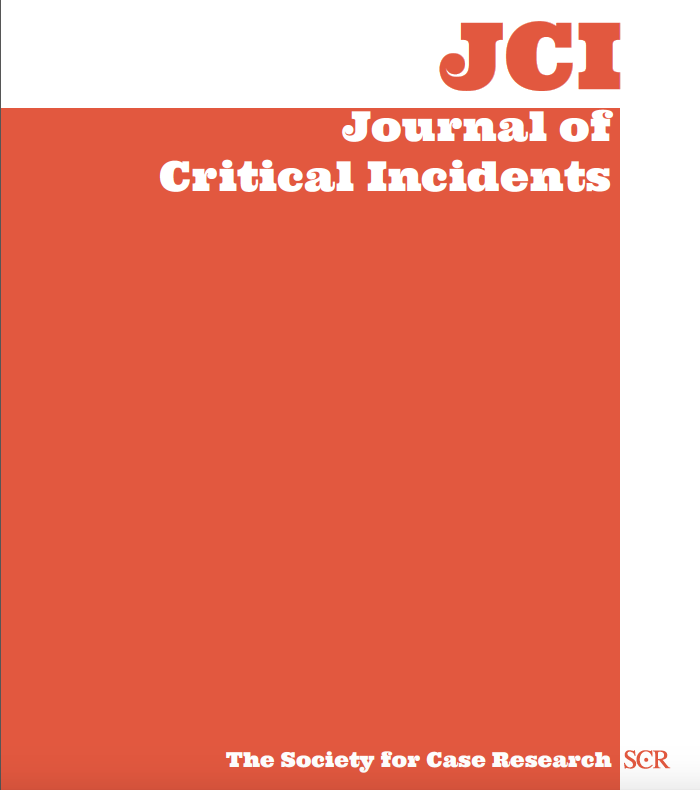A One-time Pension Opportunity

Shirley received a letter from the firm her husband Cliff had worked for years ago, stating that he had a one-time opportunity to receive his full retirement benefit in a single, lump-sum payment. If they chose not take the lump-sum, their only other option was annuity payments. It was already mid-October, and she had only until October 31st to decide. Shirley and Cliff could wait until Cliff’s formal retirement age in two years to take full retirement and begin receiving monthly payments in the form of an annuity. Cliff could also take retirement immediately, with an 11percent reduction in his monthly annuity payment amount. To further complicate matters, the payment options included a single life annuity, a 50 percent joint and survivor annuity, a 75 percent joint and survivor annuity, and a 100 percent joint and survivor annuity. These payment options described the range of amounts Shirley could receive in the event of Cliff’s death during retirement. The decision facing them was whether to take Cliff’s retirement as a lump sum, wait until his full retirement age to receive an annuity, or take a reduced retirement annuity early. If they decided to choose an annuity, they also needed to value the alternatives in order to determine how to maximize the overall value of the pension.
This critical incident illustrates the application of the time value of money to a personal finance decision. It is most appropriate for use in basic finance or personal finance courses at an introductory level, or in any course with a financial planning component. Its focus on supporting decisions with NPV and IRR analyses could also make it useful in estate planning or corporate finance courses.
The CI assumes the student has basic skills in finance, including an understanding of time value of money concepts and calculations. The case extends chapter concepts from theory to practice for both basic and personal finance, as well as illustrating the qualitative and quantitative issues associated with a pension decision. Although the decision in the case is for a traditional, defined benefit pension plan, those with defined contribution plans can also face similar options in which they must choose a lump-sum payout or annuity alternatives.
Undergraduate and even graduate students may be focused more on student loans, establishing credit. and beginning independent financial lives than on pensions, but they may nonetheless be familiar with the issues described if someone in their family needed care. The topic also allows students to apply theoretical concepts related to a practical financial decision. This critical incident could be relevant to any student interested in a financial planning career or involved in financial planning discussions with parents.
- . Identify the inputs needed to analyze the alternatives for pension benefit options
- Calculate the net present value (NPV) and internal rate of return (IRR) for the pension alternatives
- Analyze and compare the alternatives for pension benefits
- Recommend and justify an alternative
